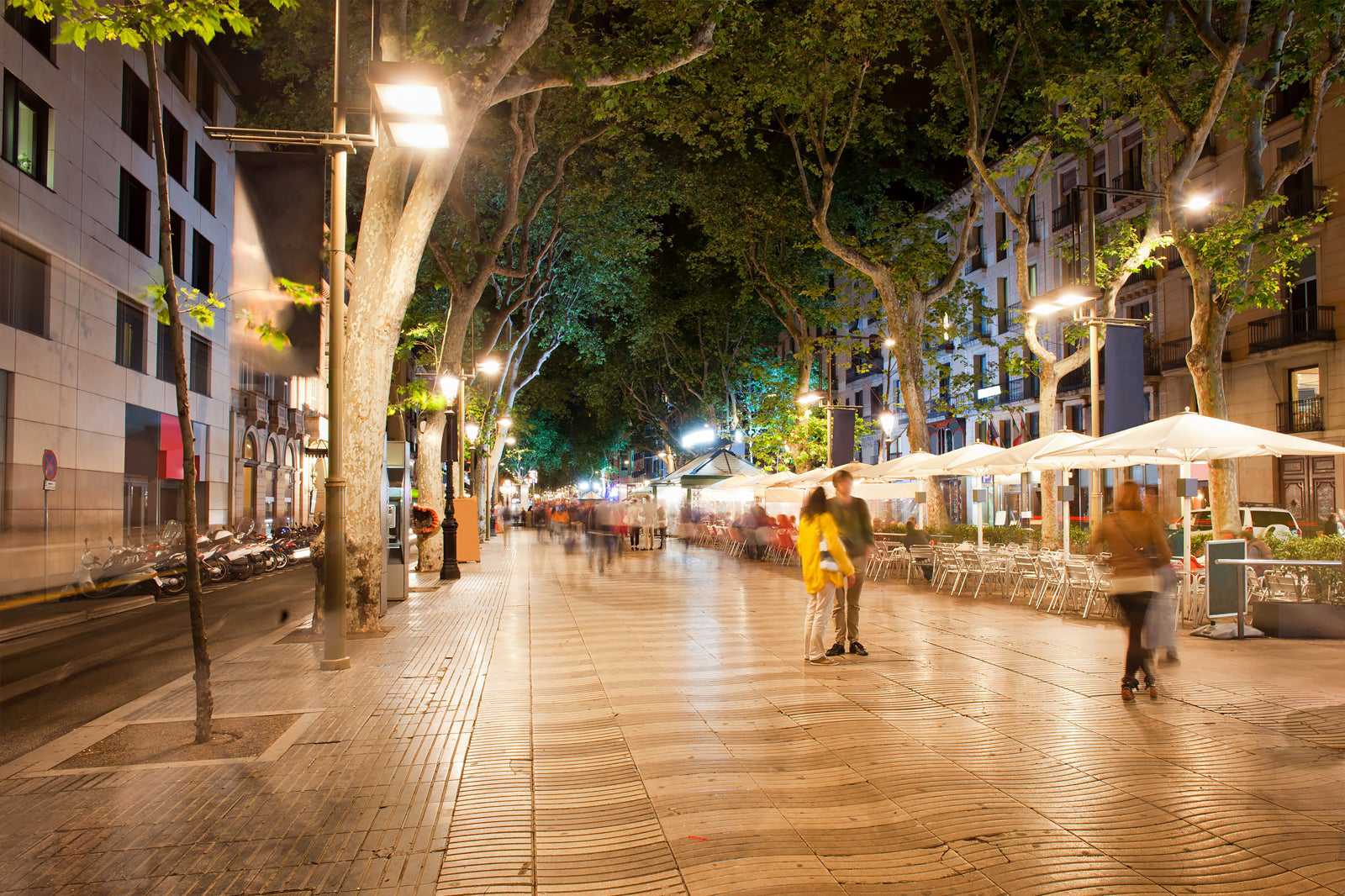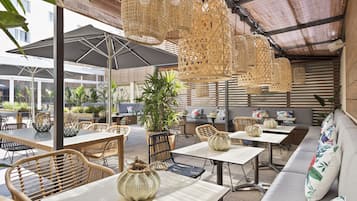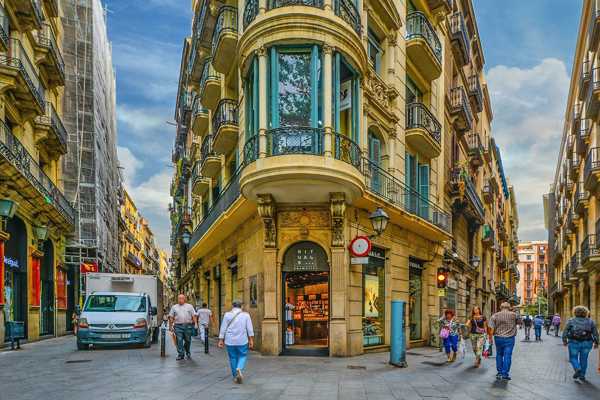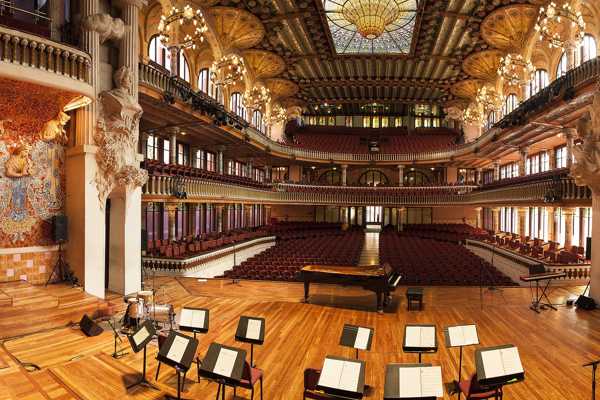Las Ramblas is a 1.2 kilometre-long stretch of boulevard that runs through the heart of the Barcelona city centre and offers historic sites, hotels, public art, shops and dining. The street stretches from Port Vell to Paca de Catalunya. It's a crowded stretch that's seen as one of the most iconic and recognisable parts of the city and is the place to catch the maximum concentration of culture and colour.
At Las Ramblas, you can catch an opera, visit adult-themed museums, visit a vibrant outdoor market, or head for a thriving brand-name department store. You can catch a bite to eat at local bistros and restaurants, visit historic buildings, explore classy and quirky museums, and catch a thriving nightlife scene. While this street tends to be more visitor-centric as opposed to a local hot spot, it's certainly an experience you won't forget.
Las Ramblas in Barcelona - one of the highlights of Most Instagrammable Places in Barcelona and 5 Things Not to Do in Barcelona (Read all about Barcelona here)
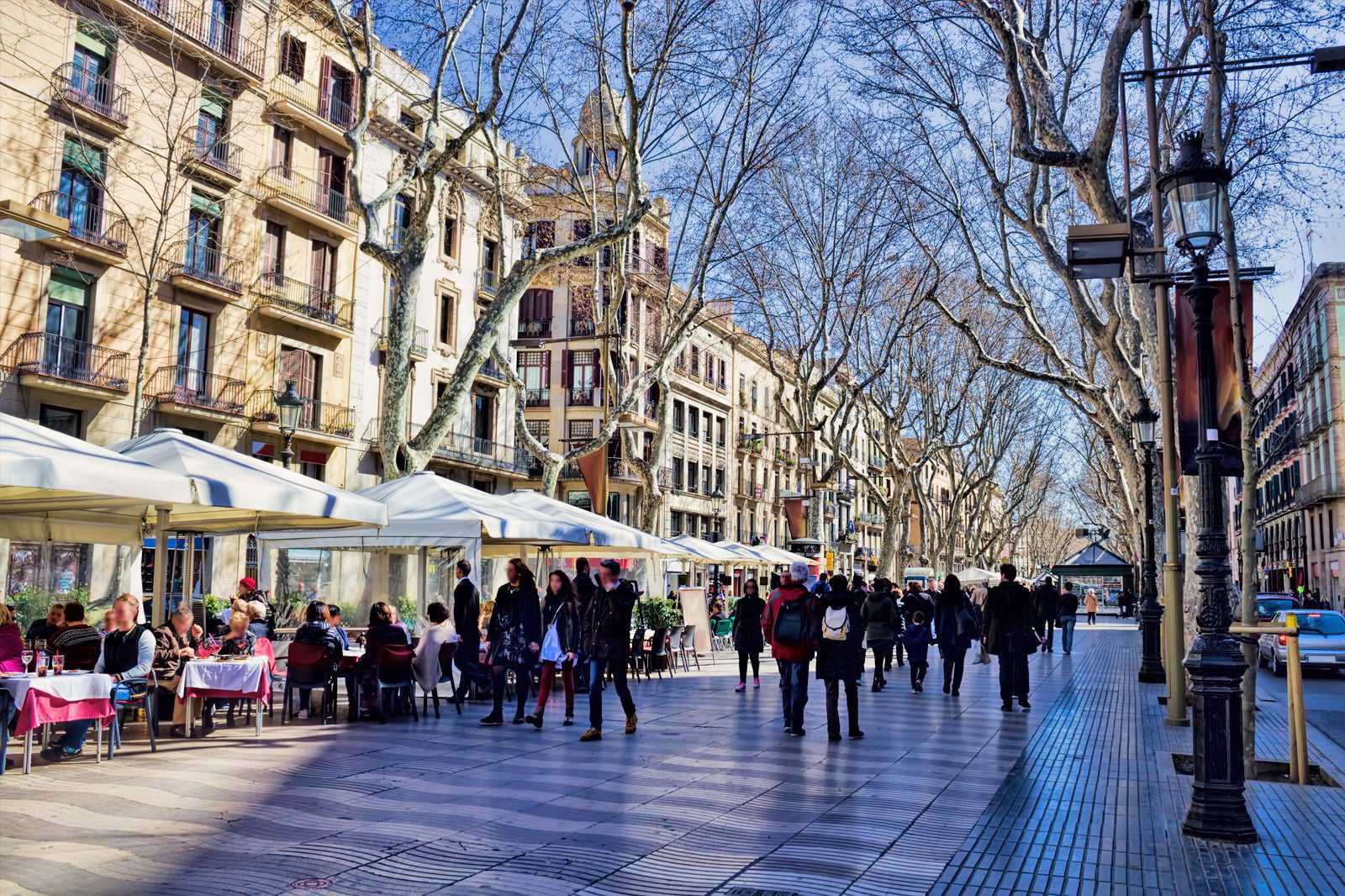
History of Las Ramblas
Perhaps the most interesting part of Las Ramblas history is that it was originally just a stream that served as the city’s storm drain and sewage dump. It served to separate the city's two wards: the northeast and the southwest. By the year 1377, however, the city began to expand, and by 1440, the stream was deserted. At this time, its now-dry banks gradually evolved into a main thoroughfare.
It took a few centuries for Las Ramblas to become the attraction it is today, but by the early 18th century, it had become the urban centre of the city, used for markets, sports, festivals and public events. It's survived the St. James' Night Riots and the Spanish Civil War. Spanish poet Frederico Garcia Lorca said of the street in the early 20th century that it was "the only street in the world which I wish would never end."

Highlights of Las Ramblas
Las Ramblas is packed with activities to do. If you want adult-themed entertainment, visit the Museu de l'Erotica, with its raunchy, yet informative, look at the more sensuous history of Barcelona. The Miró mosaic is a free and family-friendly instalment of street art. Watch out for human statues, which look just like sculptures until they jump out and startle you.
If you want to shop and dine in Las Ramblas, head for La Boqueria, whose wrought iron gates have welcomed visitors to this giant arts, crafts and farmer's market since 1836. Café de l'Òpera has offered up great tapas, beer and food since before the Spanish Civil War, or stop into Pasteleria Escribà, a famed patisserie. Roadside art museums include the Centre d'Art Santa Mónica and MACBA. Arguably the most famed monument along the road is the Christopher Columbus monument at the lower end of the street.
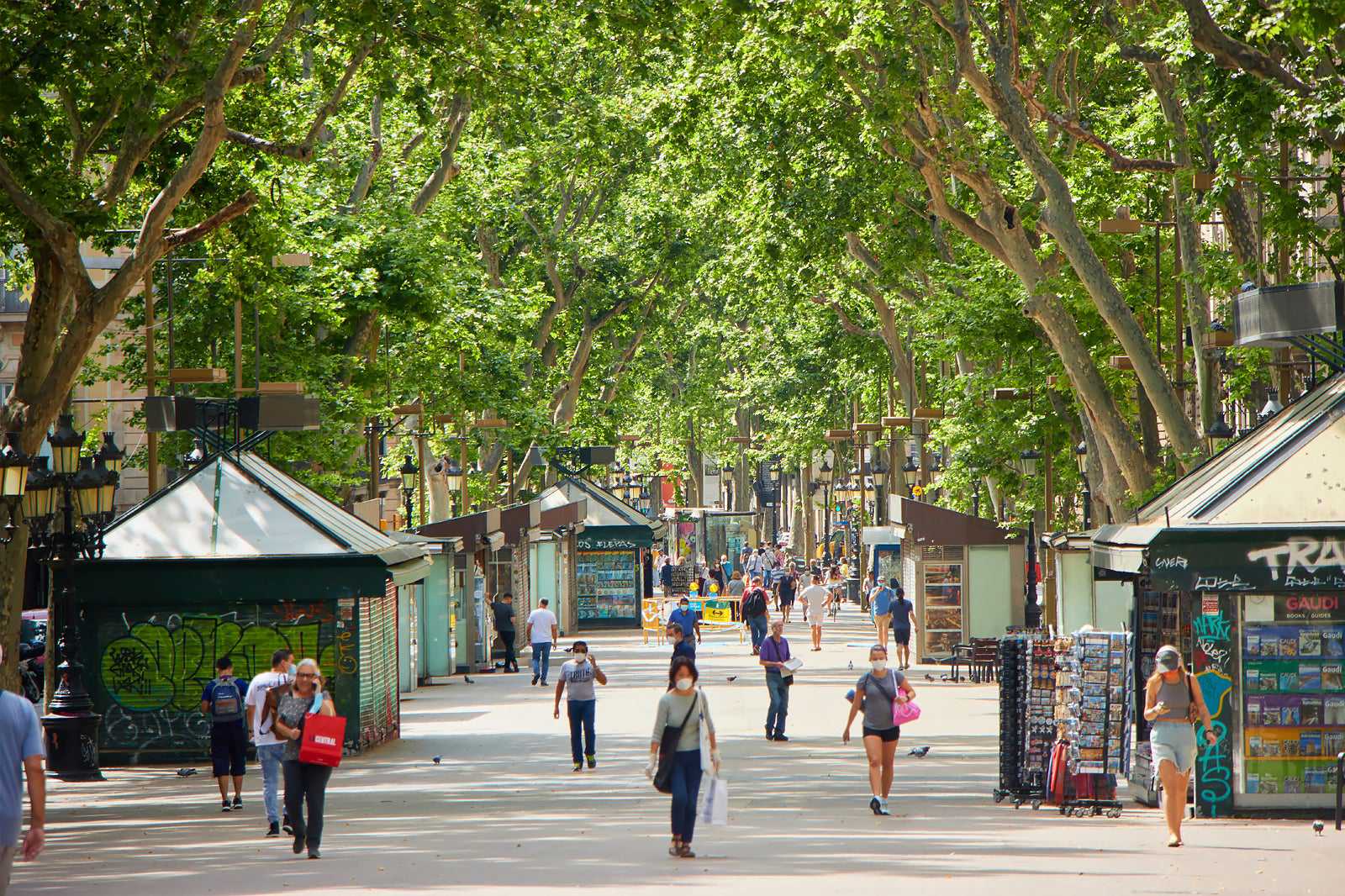
Good to know about Las Ramblas
Not all parts of Las Ramblas are family-friendly, and at night the lower end of the street turns into a red-light district, so it's not a place to travel with kids after dusk. The street is pedestrianised, so it's perfectly safe to walk up and down. No vehicle traffic is allowed to cross the pedestrian area. You can, however, get a bike hire and even take a guided bicycle tour of the street to see all of the well-known sites and learn about them as you go.
Car parks can be found at various areas along the roadway in Las Ramblas so you can access the pedestrian area, and it's serviced by three Metro stops, at the Columbus Memorial, outside the Liceu Theatre, and at the northern end, which also connects to the airport bus. Be prepared for crowds and noise whenever you visit here; it's always packed.
